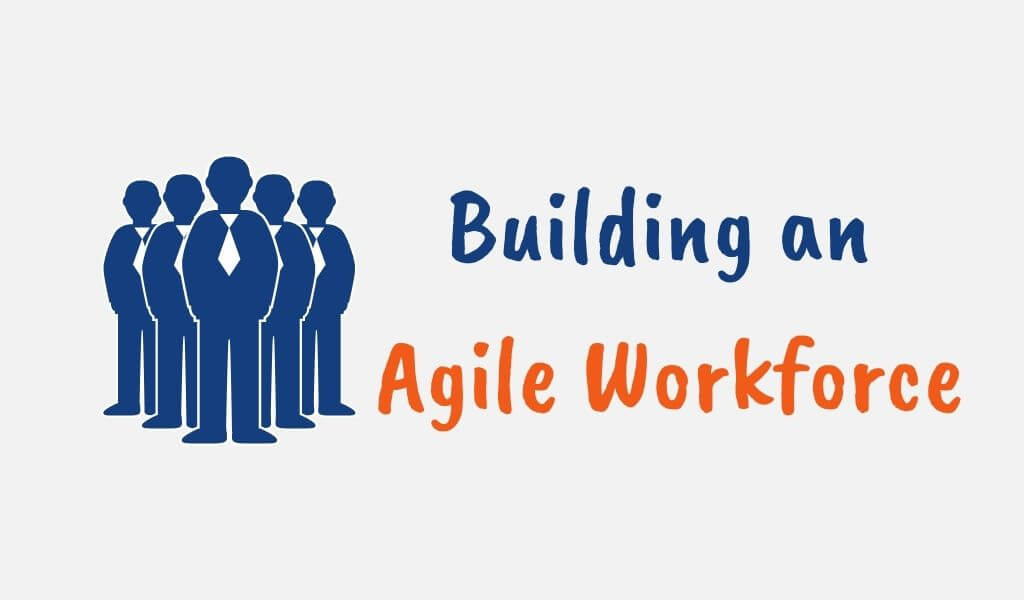

Breaking Down Silos: Building a Stronger, More Agile Workforce in the Modern Era
- trienkhaiweb
- 3 November, 2024
- 0 Comments
In the ever-evolving world of work, traditional silos – those invisible walls that separate departments and functions – can hinder innovation and limit growth. While once seen as a standard operational model, particularly for large organizations like Quinn Vietnam Manpower, the limitations of silo working are increasingly apparent. In today’s fast-paced business landscape, it’s time to explore how breaking down these barriers can unleash the full potential of a company’s workforce.
Understanding Silo Working: The ‘Lights On in Every House’ Model
Silo working is characterized by distinct divisions within a company, where each department or team operates independently, focusing on its own specialized tasks. This can result in a lack of communication and collaboration across the organization. In the past, this model was often seen as efficient, allowing for clear responsibilities and streamlined workflows. However, it can also lead to a range of challenges that impact productivity, employee morale, and overall company success.

The Cracks in the Silo: Unveiling the Challenges
The COVID-19 pandemic exposed vulnerabilities in many traditional business models, including silo working. As organizations scrambled to adapt to unprecedented disruptions, the limitations of this approach became clear. Some of the most significant issues include:
- Delayed Decision-Making: Information that travels slowly through hierarchical structures can lead to delayed actions and missed opportunities.
- Lack of Transparency: When information is not shared openly, communication breakdowns and misunderstandings can arise.
- Ineffective Collaboration: Without regular cross-functional interaction, teams may struggle to align their efforts and work towards common goals.
- Limited Support and Innovation: Employees who are solely focused on their individual tasks may be less likely to offer support to others or share innovative ideas.
The High Cost of Silos: Impact on Workforce Morale
Studies have shown that silo working can negatively impact employee engagement and morale. When individuals feel isolated within their own departments, it can lead to frustration, a lack of motivation, and even higher turnover rates. According to a Gallup poll, companies with engaged employees outperform their competitors by a significant margin. This highlights the importance of fostering a collaborative and connected work environment.

Quinn Vietnam Manpower: Leading the Way in Workforce Solutions
As a leading provider of manpower solutions, Quinn Vietnam Manpower understands the critical role that a cohesive and adaptable workforce plays in achieving success. By recognizing the limitations of silo working and proactively implementing strategies to break down these barriers, companies can unlock a range of benefits:
- Improved Communication and Collaboration: Encouraging open communication channels and cross-functional projects can foster a sense of shared purpose and enable teams to work together more effectively.
- Enhanced Problem-Solving: When diverse perspectives are brought together, complex challenges can be tackled more creatively and efficiently.
- Increased Innovation: A collaborative environment can spark new ideas and drive innovation throughout the organization.
- Higher Employee Engagement and Retention: Employees who feel connected to their colleagues and the broader company mission are more likely to be engaged and satisfied in their roles.
Strategies for Breaking Down Silos
Transitioning away from silo working requires a deliberate and thoughtful approach. Here are some effective strategies that Quinn Vietnam Manpower and other organizations can implement:
- Foster a Culture of Open Communication: Encourage regular communication between departments through meetings, shared platforms, and social events.
- Promote Cross-Functional Teams: Create opportunities for employees from different areas of the organization to work together on projects.
- Implement Shared Goals and Metrics: Align teams around common objectives and measure progress collectively.
- Invest in Leadership Development: Equip leaders with the skills to build bridges between departments and foster a collaborative culture.
- Utilize Technology: Implement collaborative tools and platforms that facilitate communication and knowledge sharing.
The Future of Work: Embracing a Collaborative Workforce
In the dynamic landscape of today’s global economy, companies like Quinn Vietnam Manpower are recognizing that the future of work lies in breaking down silos and building a more interconnected and collaborative workforce. By embracing this shift, organizations can not only overcome the challenges of the past but also create a more agile, innovative, and ultimately successful future.
Related articles
Attracting Top Talent in Vietnam’s Competitive Job Market: A Guide for Employers
The Vietnamese job market is dynamic and increasingly competitive. As we head into 2025, skilled professionals are in high demand, and companies are vying for their attention. It’s no longer enough to simply offer a good salary; today’s employees are looking for a comprehensive package that includes benefits, work-life balance, and a positive company culture….
Attracting, Retaining, and Growing Top Talent in Vietnam’s Competitive Market
In today’s rapidly evolving business landscape, securing and retaining top talent is more crucial than ever. For businesses operating in Vietnam, the competition for skilled manpower is fierce. Quinn Vietnam Manpower understands these challenges and offers comprehensive solutions to help your organization attract, retain, and grow the talent you need to thrive in 2025. Understanding…
Avoid These 8 Recruitment Marketing Mistakes
The competition for top talent is fierce in 2025. To attract the best candidates for your organization, you need a strong recruitment marketing strategy. Simply posting a bland job description and hoping for the best won’t cut it. You need to actively engage with potential candidates, build your employer brand, and utilize the latest digital…
Battling Communication Overload: Strategies for Success
In today’s hyper-connected world, communication overload is a growing concern for businesses of all sizes. The constant influx of emails, messages, and notifications can overwhelm employees, hindering productivity and stifling innovation. This is particularly relevant in the dynamic landscape of Vietnam, where businesses are rapidly expanding and the demand for skilled manpower is on the…
Beyond Monthly Meetings: A Guide to Effective Team Communication
While meetings are essential for team collaboration and communication, relying solely on monthly gatherings can be detrimental to productivity, corporate culture, and manpower efficiency. Quinn Vietnam Manpower recognizes the limitations of infrequent meetings and offers insights into more effective communication strategies for 2025. Why Monthly Meetings Aren’t Enough Information Overload and Diminished Engagement: Monthly meetings…
Boost Your Website’s Performance with The Guide to Broken Link Checkers
In the ever-evolving digital landscape of 2025, maintaining a robust online presence is crucial for businesses, especially those in the competitive manpower industry. For Quinn Vietnam Manpower, ensuring your website is optimized for search engines is paramount to attracting potential clients and top-tier talent. One often overlooked aspect of SEO is the detrimental impact of…







